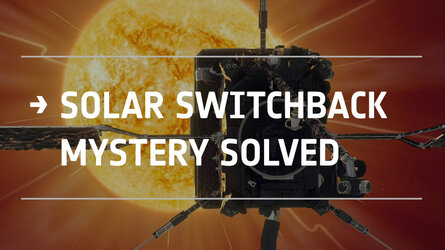
ERS-1 first image: solving the mystery
ESA’s first Earth observation mission dedicated to understanding our planet, the European Remote Sensing satellite (ERS-1), was launched into orbit on 17 July 1991. At the time, it was the most sophisticated Earth observation spacecraft developed and launched by Europe.
Thirty years ago, as the team went through the launch and early-orbit phase, the first synthetic aperture radar images were awaited in Kiruna and Fucino. Featuring video footage taken in 1991, the team involved tells the story of the anxious moments and important breakthroughs they made as the first images arrived. Get an insider view into the problem-solving moments from inside one of ESA's processing rooms.
Features interviews with:
Stephen Coulson, Former Earth Observation Applications Engineer
Mark Doherty, Former Head of ERS Product Control Service
Henri Laur, Former Head of Processing of ERS-1 SAR data






